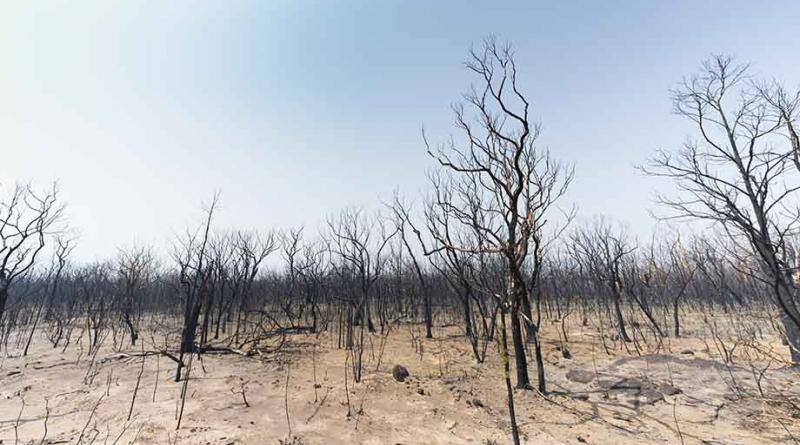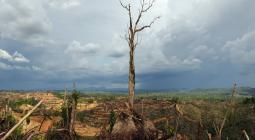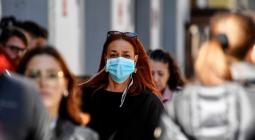New report tells grim story of heat, drought and fire.

Record hot weather, drought and a devastating bushfire season in 2019 damaged our environment and natural resources on an unprecedented scale, according to the annual Australia's Environment Report.
The lead author of the report, Professor Albert van Dijk from The Australian National University (ANU), said last year was neither an outlier nor the 'new normal'.
"Last year was just another step down on the continuing descent into an ever more dismal future - unless we finally take serious action," said Professor van Dijk from the Fenner School of Environment and Society.
He also argues the global response to the coronavirus pandemic - which has overwhelmed health systems in many countries and smashed the world's economies - offers a silver lining, with a model of how humanity can tackle the climate change crisis.
"The COVID-19 crisis shows that we can take the local and global actions necessary once society understands the seriousness of a threat.
"Climate change is, in many ways, similar. It happens slower, but it also poses an existential threat: we already saw massive impacts last year. Acting now can save a lot of pain later."
He said the 2019 report makes for grim reading: a story of extreme drought, heat and fire.
"Rainfall was the lowest in living memory, and many heat records were broken," Professor van Dijk said.
"The number of days over 35 degrees Celsius across the country last year was 36 per cent more than the average for the previous 19 years, and that average already includes the effect of global warming to date."
The ongoing dry conditions led to a vicious cycle, with extremely high temperatures further drying out the continent and keeping ocean moisture away, Professor van Dijk said.
"We saw large fish kills and the poorest soil conditions since well before 2000 impacting heavily on ecosystems and farming. Crop growth was a quarter to a third below average," he said.
"The tinder-dry forests in eastern Australia provided the fuel for a dramatic fire season that started in Spring and only eased off last month."
Every year, the ANU team brings together a vast amount of information on the state of Australia's environment, using data from satellites, field stations and surveys.
The team uses this information to calculate indicators of environmental health, ranging from population pressure to weather, bushfires, rivers and wetlands, soil condition, vegetation and biodiversity.
Fires burned through many biodiversity hotspots, such as the World Heritage Gondwana Rainforests and Blue Mountains, the alpine regions, Eastern Gippsland and Kangaroo Island.
"It was not just koalas that were affected, and at least they won't go extinct. But more than 100 other animal species lost a large part of their habitat and are now at risk, not to mention many more plant species."
Remote-sensing expert Dr Marta Yebra, who advised the NSW Rural Fire Service on the bushfire risks posed by fuel loads during the recent bushfire season, is a co-author.
"Our data clearly shows that the combination of dry forests and hot weather made for an especially explosive mixture," said Dr Yebra, from the Fenner School of Environment and Society and the Research School of Aerospace, Mechanical and Environmental Engineering at ANU.
"To blame arsonists or a lack of hazard-reduction burns is uninformed at best, and intentional disinformation at worst. Hazard-reduction burns help firefighting efforts, but do not stop massive bushfires from spreading."
The 2019 Australia's Environment Report - which includes a summary report, report cards for different types of areas (including states and territories and electorates) and an interactive map of Australia with the environmental indicators - is available on www.ausenv.online
30 March 2020
Australian National University




